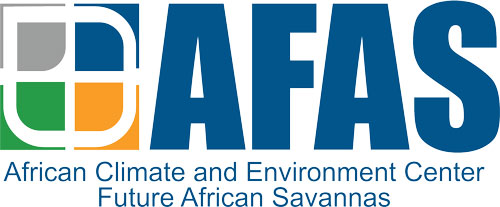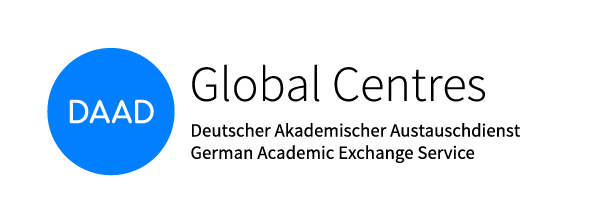Published July 10, 2024 by Nouhou Zoungrana
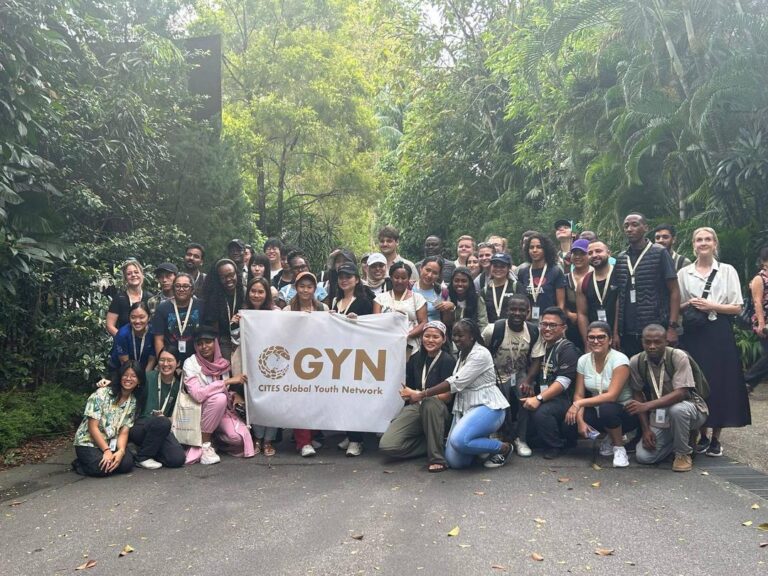
From 22 to 25 April 2024, the Global Youth Biodiversity Network (GYBN) Burkina Faso Chapter was represented by Mr Nouhou Zoungrana at the CITES Youth Leadership Program (CYLP) and the launch of the CITES Global Youth Network (CGYN) in Singapore. Mr Zoungrana, nominated by the CITES Management Authority for Burkina Faso, joined 41 young leaders from 31 countries, all committed to the conservation and sustainable trade of wildlife species.
About the CITES Convention
CITES, signed on 3 March 1973 and in force since 1 July 1975, is a key tool for wildlife conservation. Ratified by Burkina Faso in 1989, CITES regulates international trade in more than 40,900 species of wild animals and plants to ensure their sustainability, legality and traceability. More information about CITES (www.cites.org)
Introduction to the CGYN
The CGYN aims to mobilize youth to tackle the illegal wildlife trade by equipping them with the knowledge and skills they need to make a significant impact. The initiative aims to raise young people’s awareness of conservation issues and get them actively involved in solving this global problem.
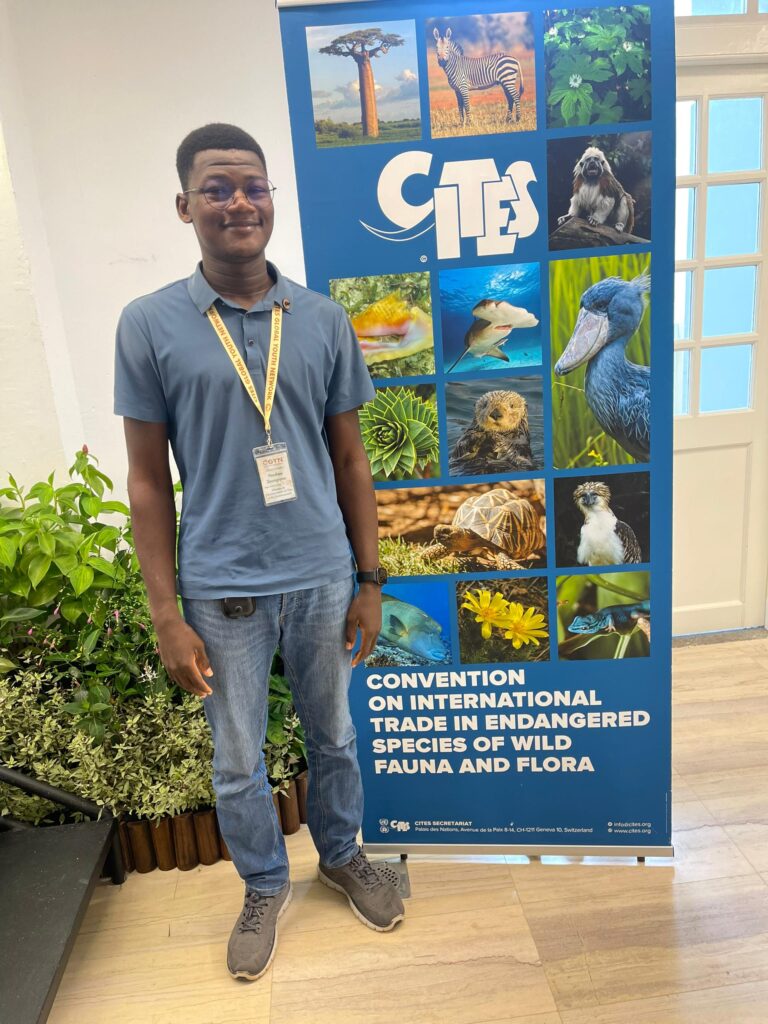
Activities during the program
Day 1 (22 April 2024)
Venue: Fort Canning Centre
- Welcome address by Ms Hwang Yu-Ning, CEO of NParks
Ms Yu-Ning emphasized the importance of collaboration in conserving biodiversity and highlighted Singapore’s success in this area through effective management.
- Opening remarks by Ms Ivonne Higuero, Secretary General of CITES
Ms Higuero expressed her gratitude to all the partners and stressed the importance of youth voices in the CITES mission to ensure the survival of species.
- Seminar: Youth participation in multilateral environmental agreements
Presented by Axel from Global Youth Biodiversity Network (GYBN) and Roaa Alobeid from the Global network of children and youth activists (YOUNGO), This seminar was an exploration of the work of these youth organisations in relation to the United Nations Framework Convention on Climate Change (UNFCCC) and the Convention on Biological Diversity (CBD).
- Seminar: Introduction to CITES by Sofie Flensborg
Ms Flensborg explained the mechanisms of CITES, how COPs are structured, and how to access and analyse CITES documents.
Day 2 (23 April 2024)
Venue: Centre for Wildlife Forensics, Centre for Wildlife Rehabilitation and Mandai Zoo
- Visit to the Centre for Wildlife Forensics (CWF) and the Centre for Wildlife Rehabilitation (CWR)
WE learned about Singapore’s efforts to rehabilitate wildlife and use forensic science to combat the illegal wildlife trade, with the significant advances in the protection of global biodiversity.
- Visit to Mandai Zoo and the “Amazing Race” game
We were engaged in an interactive exploration of the zoo to gain a deeper understanding of endangered species.
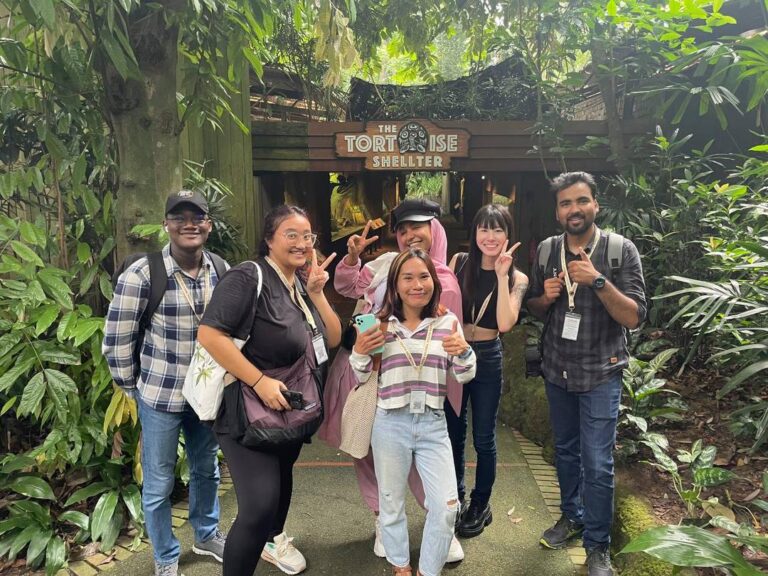
Day 3 (24 April 2024)
Venue: BCA Academy and Furama Hotel (For the Cultural Night)
- Conference of Parties Youth
It was a simulation of the CITES COP with negotiations on the addition of a fish species to Appendix 2 of the convention notified by some parties.
- Discussion on CGYN’s vision and mission
We worked together to develop and improve the CGYN’s vision and mission.
- High-level panel & Cultural night
The purpose of the panel was to discuss the difficulties associated with the Convention on International Trade in Endangered Species (CITES) and cultural exchanges.
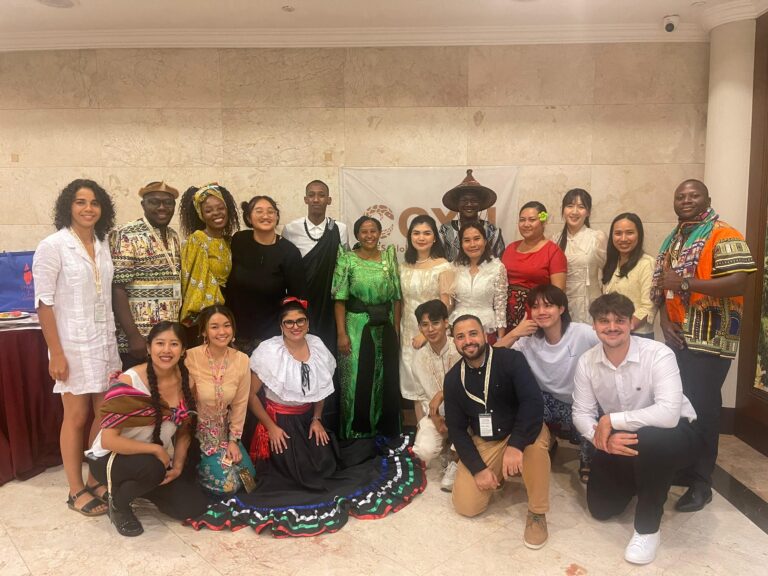
Day 4 (25 April 2024)
Venue: Botany Center
- CGYN Roadmap and closing ceremony
Following a discussion on shared experiences, we went into a clear outline of the five pillars of the CGYN roadmap, followed by the Closing ceremony with thanks to participants and partners.
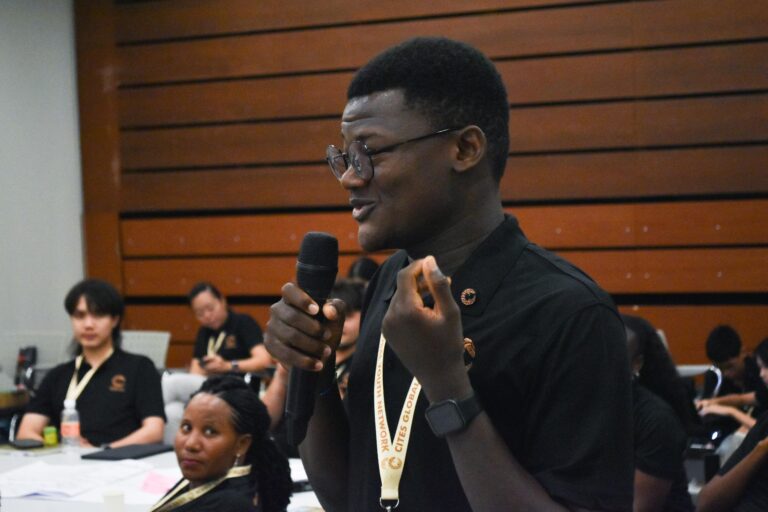
Main outcomes of our participation
- In-depth understanding of biodiversity conservation issues and CITES mechanisms.
- Opportunity to meet young leaders and experts from around the world, paving the way for future collaborations.
- Participation in the development of youth priorities for conservation.
- Increased motivation to work for biodiversity conservation at all levels.
Recommendations for CITES National Authority for Burkina Faso as policymaker
- To improve species management practices, it is recommended to organize a study trip to Singapore. This trip will allow stakeholders to observe and learn from Singapore’s successes in species management, gaining valuable insights that can be adapted and implemented locally. By directly engaging with experts and witnessing effective strategies in action, participants can bring back practical knowledge and innovative approaches to enhance their own conservation efforts. This hands-on learning experience is crucial for developing effective species management practices that can be tailored to meet specific local needs.
- Encouraging the participation of young people in conservation initiatives is vital for long-term success in biodiversity conservation and combating illegal species trade. Engaging youth brings fresh perspectives and energy to these efforts, fostering a new generation of conservationists. Additionally, comprehensive capacity-building and awareness-raising programs should be implemented to educate the general public on biodiversity conservation issues. By increasing public awareness and understanding, these programs can build a more informed and supportive community that actively participates in conservation efforts, ensuring a more sustainable and impactful approach to preserving biodiversity.
This event was an important milestone in our commitment to preserving the world’s biodiversity. By joining forces, we can help shape a sustainable future. We would like to thank all the stakeholders and partners who supported our participation, in particular the Burkina Faso Ministry of the Environment and technical and financial partners such as NParks, CITES, UNDP and the Temasek Foundation.
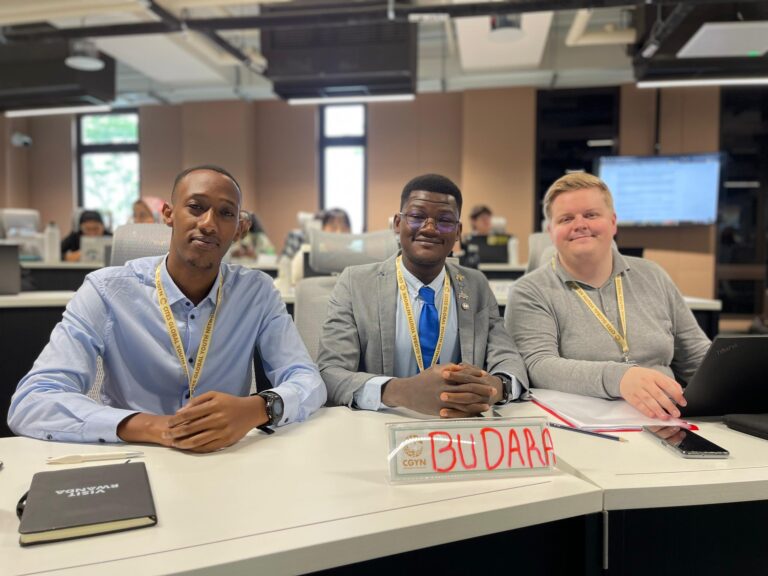
Information about the author:
Nouhou Zoungrana is an AFAS fellow from the 1st MSc cohort based at the Université Félix Houphouët-Boigny in Côte d’Ivoire.
(nouhou.zoungrana[at]gmail.com)
